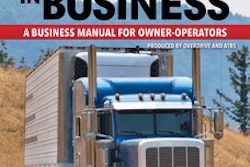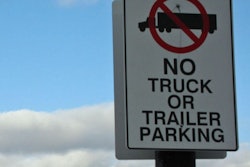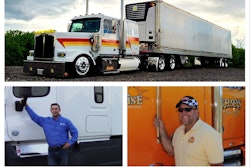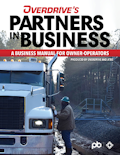Longtime professional drivers often complain about the lack of training entry-level drivers receive. Many new drivers, they say, speed, tailgate and generally ignore safety basics.
Back in 1995, the Federal Highway Administration (predecessor to the Federal Motor Carrier Safety Administration) agreed. The agency concluded that the industry needed far stricter training standards, including practical, on-the-road instruction.
But here’s the problem: FMCSA waited until May 2004 to finally issue regulations implementing entry-level training requirements for commercial motor vehicle drivers, and then did so only after safety advocates brought a lawsuit. Worse yet, the minimum requirements adopted involve only 10 hours of classroom education in four areas: medical qualification and drug and alcohol testing; hours-of-service regulations; wellness; and whistleblower protection.
Wellness? Whistleblower protection? Ten hours in a classroom? FMCSA’s actions are puzzling, at best. Its own writings discuss the need for more advanced training. FHWA’s Model Curriculum, published in 1985, set out a primer for instructing drivers of heavy trucks, focusing on basic operation, safe operating practices, advanced operating practices, maintenance and nonvehicle activity. The government said such a program would decrease accident rates by 15 percent. But FMCSA’s most recent rulemaking doesn’t begin to address any of these issues.
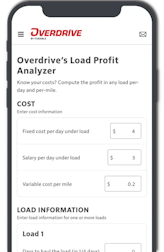
So it’s not surprising that a federal appeals court, responding to a petition brought by safety advocates, ruled in December that FMCSA’s entry-level truck driver training standards are insufficient. But because the current rule “while plainly inadequate, may do some good, if it does anything at all,” the U.S. Court of Appeals for the District of Columbia is leaving it in place pending the completion of further rulemaking.
FMCSA claims this type of training complements the commercial driver’s license, but there are no federal training requirements to obtain a CDL. And there’s a big difference between getting a CDL and safely piloting an 80,000-pound rig.
With its focus on safety, it’s difficult to understand how FMCSA can turn a blind eye to training. As the agency revamps the rule, let’s hope it creates standards that focus more on what drivers must do to safely operate their rigs and less on the health issues that could keep them from driving in the first place.

